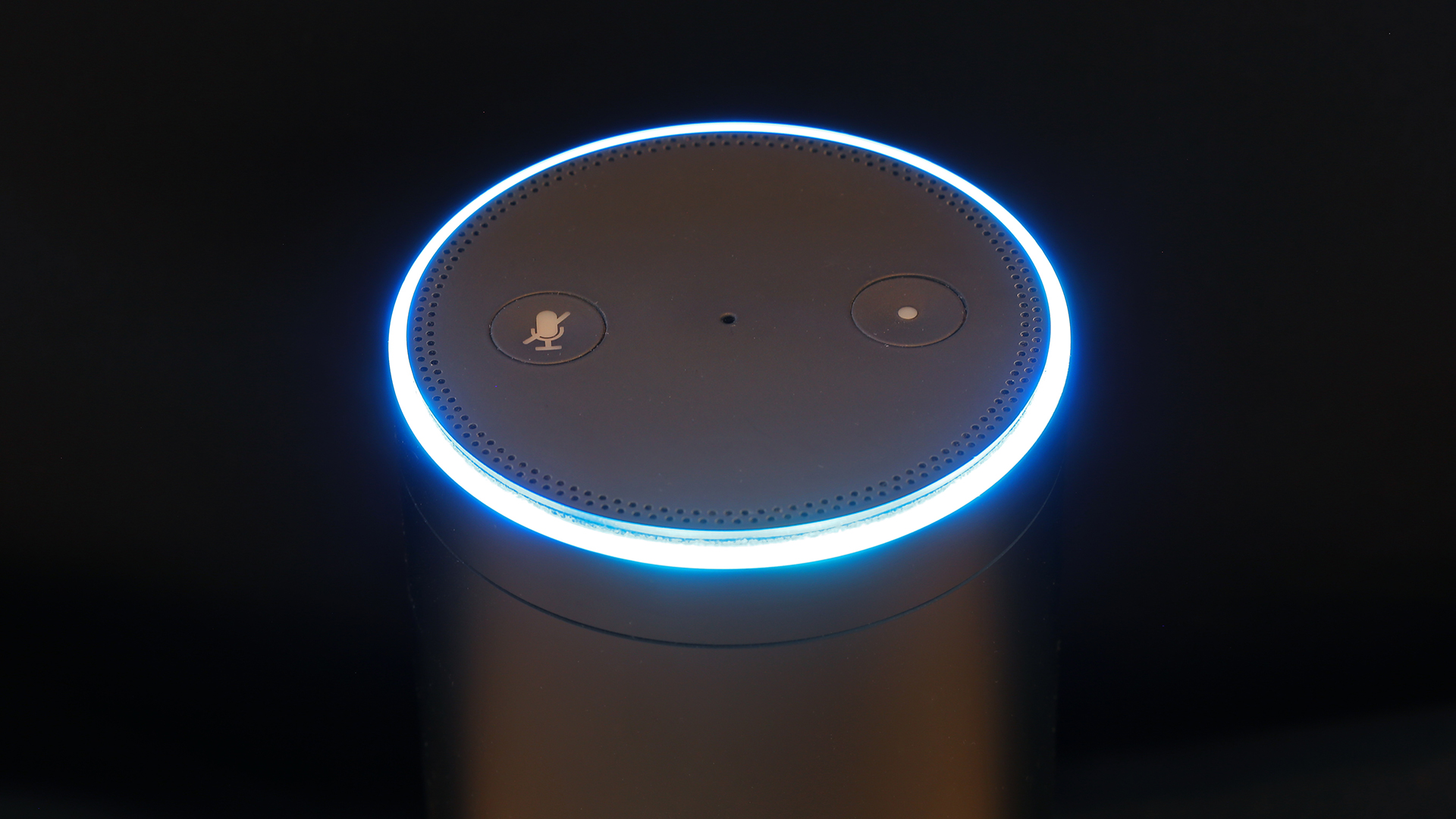MindMeld Conversational AI Playbook helps developers build their own Alexa in 10 steps
CEO Tim Tuttle argues that companies should develop their own virtual assistants.

Microsoft and Amazon both have API/developer strategies to expand their reach and ecosystems. However, MindMeld CEO Tim Tuttle argues that while this may be the path of least resistance, it’s worth it to build your own virtual assistant.
MindMeld describes itself as “a platform that makes it possible for companies to create intelligent conversational interfaces for any app or device.” The company has now released what it’s calling “The Conversational AI Playbook.” Tuttle describes it as a best practices manual for virtual assistants and a first step in defining development standards.
Tuttle explains his team has, over the past few years, “reverse engineered the best approaches” behind conversational UIs: voice assistants and chat bots. He argues that Siri, Alexa and Cortana are all essentially using the same underlying technology and methodologies, laid out in the guide.
The Playbook is aimed at product designers, data scientists and developers:
This guide represents a first step toward defining the governing principles and best practices which will enable developers to build great conversational applications . . . [T]his guide serves as a comprehensive playbook to help developers and data scientists build real production applications. It provides detailed instructions, practical advice, and real-world examples …
Tuttle asserted in a phone call with me that companies working with Alexa or Cortana have limited control over the experience. It’s extremely challenging, if not impossible, to build “compelling experiences” using Alexa or Cortana, says Tuttle. He also explains that customer data has to be delivered to Microsoft and Amazon as part of the package, which some companies may not like (and which may raise some privacy concerns).
The Playbook argues the limitations of working with Alexa or Cortana:
For companies that need to build an application which goes beyond a simple demo and requires models other than the generic, pre-trained consumer domains, cloud-based NLP services are typically not the best approach. Building language understanding models tailored to a particular application or domain requires training the models on thousands or millions of representative training examples.
As one might infer, MindMeld seeks to be the provider of the AI and related back-end tools to enable hardware makers to create the conversational interfaces and consumer experiences Tuttle is alluding to. The following table from the guide is a set of questions to determine ideal use cases for a conversational interface:

“Hardware is completely commoditized,” argues Tuttle. “Software is now the differentiator.”
While this might be debated, I agree that virtual assistants are quickly evolving from being a novelty to a necessary and strategic component of the mobile (and eventually IoT) user experience.
Consumers are being conditioned to speak to and have “conversations” with their devices. As far-fetched as this may sound, one day soon such capabilities could become “table stakes” for device, appliance and auto makers.
Contributing authors are invited to create content for MarTech and are chosen for their expertise and contribution to the martech community. Our contributors work under the oversight of the editorial staff and contributions are checked for quality and relevance to our readers. MarTech is owned by Semrush. Contributor was not asked to make any direct or indirect mentions of Semrush. The opinions they express are their own.
Related stories
New on MarTech